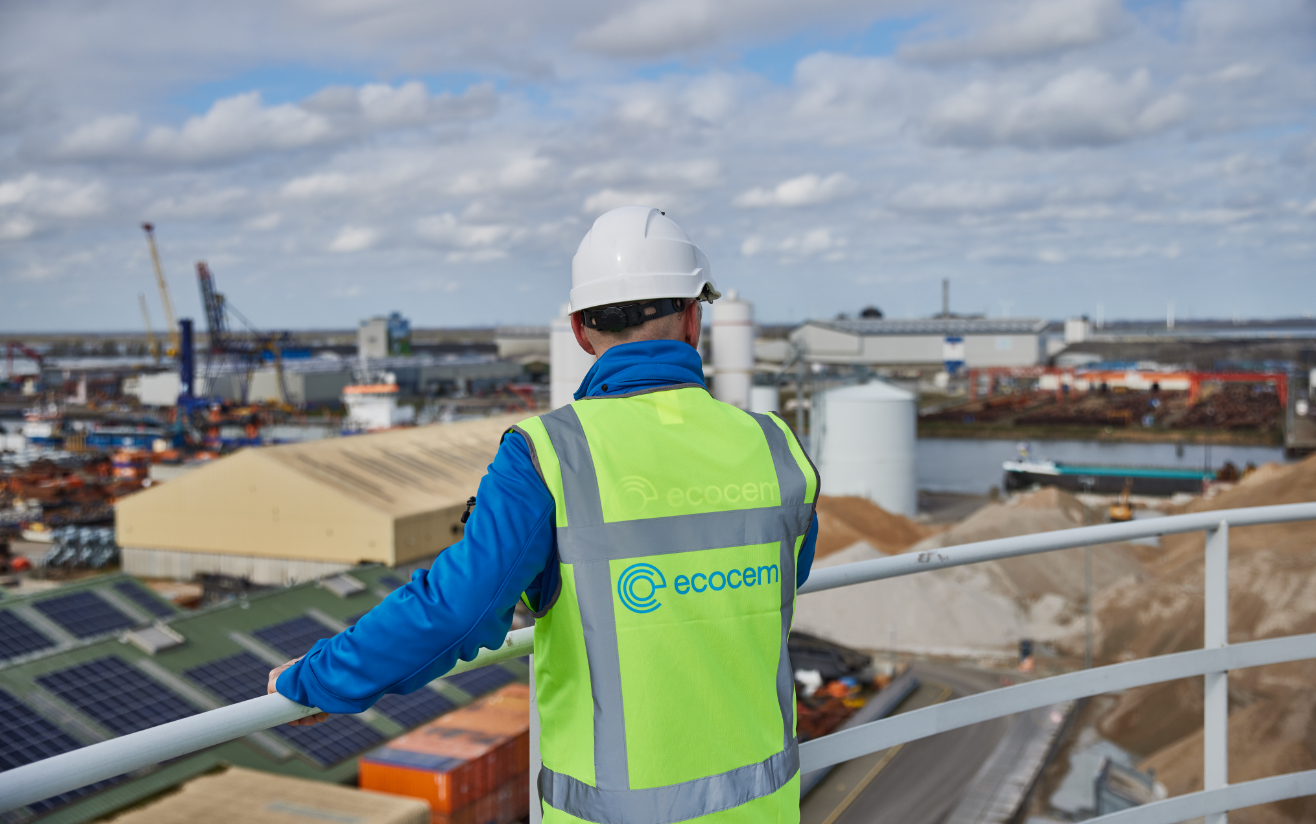
The last week’s Emissions’ Gap Report 2024 from UNEP (United Nations Environmental Programme) makes for disturbing reading.
While the report says it is still technically possible to meet the 1.5°C goal, this can only succeed with a G20-led massive global mobilization to cut all greenhouse gas emissions, starting today.
The buildings and construction sector, which accounts for 37% of global emissions, is at a critical juncture, challenged to decarbonize in the face of rapidly escalating demand for cement and concrete across the globe. One of the largest contributors to the industry’s emissions is cement—accounting for almost 8% of global CO2 alone. According to the International Energy Agency (IEA), there needs to be an annual 3% reduction in the industry’s emissions to align with the Net Zero scenario.
Given all this, we need to adopt the widest possible range of viable, emerging technologies as fast as we can if we are to stand a chance of meeting the Paris Agreement’s 2030 target. We cannot afford to focus on one technology only. Now it’s time to pull all the levers we can: altering construction processes, moving to low-carbon construction materials and, after these routes have been exhausted, capturing the residual emissions.
There are immediate opportunities available in the form of clinker substitution technologies, which can rapidly decarbonize the cement industry at scale today. With the right multi-solution approach in place, we could achieve success in cement decarbonization and move a lot closer to decarbonizing the construction sector within this decade.
Currently, policy is almost exclusively directing the cement industry towards Carbon Capture, Utilization and Storage (CCUS) technology as the de-facto decarbonization strategy for the cement industry. Yet data proves that these approaches face significant economic and practical challenges.
First of all, CCUS is exceptionally expensive. On average, Aker Carbon Capture estimates CCUS including the necessary infrastructure will cost up to EUR 175 per tonne of CO2. Considering there are over 200 cement plants in Europe emitting 120 million tonnes of CO2, capturing even a fraction of this adds up to an extraordinary burden for EU competitiveness.
Secondly, given many of these plants are landlocked, with no obvious storage or utilization outlets, the logistical constraints associated with dealing with the captured carbon means it will be decades before this technology makes an impact. Decades that we don’t have.
The climate emergency demands that we prioritize rapid decarbonization now. The most effective way of doing so is to use cement more efficiently than it is used today. Cement and concrete technology have advanced significantly in recent years, making it possible to use half the amount of cement in concrete compared with historical levels, while still maintaining essential performance metrics. Halving the amount of cement produced means halving the CO2 associated with cement production.
We can reduce the industry’s footprint even further beyond the 50% threshold by maximizing the use of locally available alternative materials, known as Supplementary Cementitious Materials (SCMs). The more SCMs we incorporate, the greater the positive impact will be.
Low-carbon cement is not new. What is new is the ability to scale these cements using a variety of readily available SCMs. Industry reluctance to engage with these solutions has been rooted in the belief that there are not sufficient volumes of these SCMs available to make a real impact.
Low-carbon SCMs such as GGBS, Calcined Clays and Natural Pozzolans can be used to reduce cement content today, which can result in a scalable 70% reduction in the cement industry’s carbon footprint. Some SCMs, like GGBS, are likely to disappear in the future because of industrial decarbonization in other sectors such as steel. Alternative SCMs need to be developed to take their place. As an industry and as a society, we need to accelerate developing and valorizing SCMs for use in cement and concrete with much greater urgency than we are doing today.
The Alliance for Low-Carbon Cement and Concrete (ALCCC) has already shown that there are almost 20 SCMs available, the annual volume of which could exceed the quantity of conventional cement produced globally each year. When used in an efficient way, these low-cost, locally available products can be used to scale significant CO2 reduction across the entire cement industry.
Using cement more efficiently and accelerating the development and deployment of low-carbon SCMs are two essential steps for effective decarbonization. Allocating even a fraction of the funds currently directed toward CCUS through policy could yield substantial short- and long-term decarbonization benefits, ultimately reducing the heavy reliance on CCUS alone.
This is what makes Ecocem’s ACT technology so exciting for the industry. It is scalable, allows for high-efficiency use of cement in concrete, whilst deploying a range of locally available SCMs to achieve major decarbonization on a cost competitive basis. And it can be produced today at most existing plants, without the need for expensive upgrades.
There remain challenges to scaling up technologies like ACT at the speed necessary to deliver emissions reductions we require. To achieve this, we need to focus on three key areas:
It is imperative that we embrace a diverse range of solutions, supported by appropriate policies and funding, to achieve a sustainable and economically viable path to decarbonization.
To quote Antonio Guterres, UN Secretary-General, “…affordable, existing technologies can achieve the emissions reductions we need to 2030 and 2035 to meet the 1.5-degree limit… Closing the emissions gap means closing the ambition gap, the implementation gap and the finance gap.”
Reflecting on the recent 2025 IEEE-IAS/PCA Cement Conference, Ecocem’s Steve Bryan digs into why the United States’ ability to meet growing demand for cement domestically is likely to fall short—and what to do about it.
In his latest blog, Ecocem’s award-winning research scientist, Simon Blotevogel, speaks about research on Electric Arc-Furnace (EAF) slags, collaboration being the key to innovation, and how we are at a critical moment in our mission to decarbonise the cement industry.